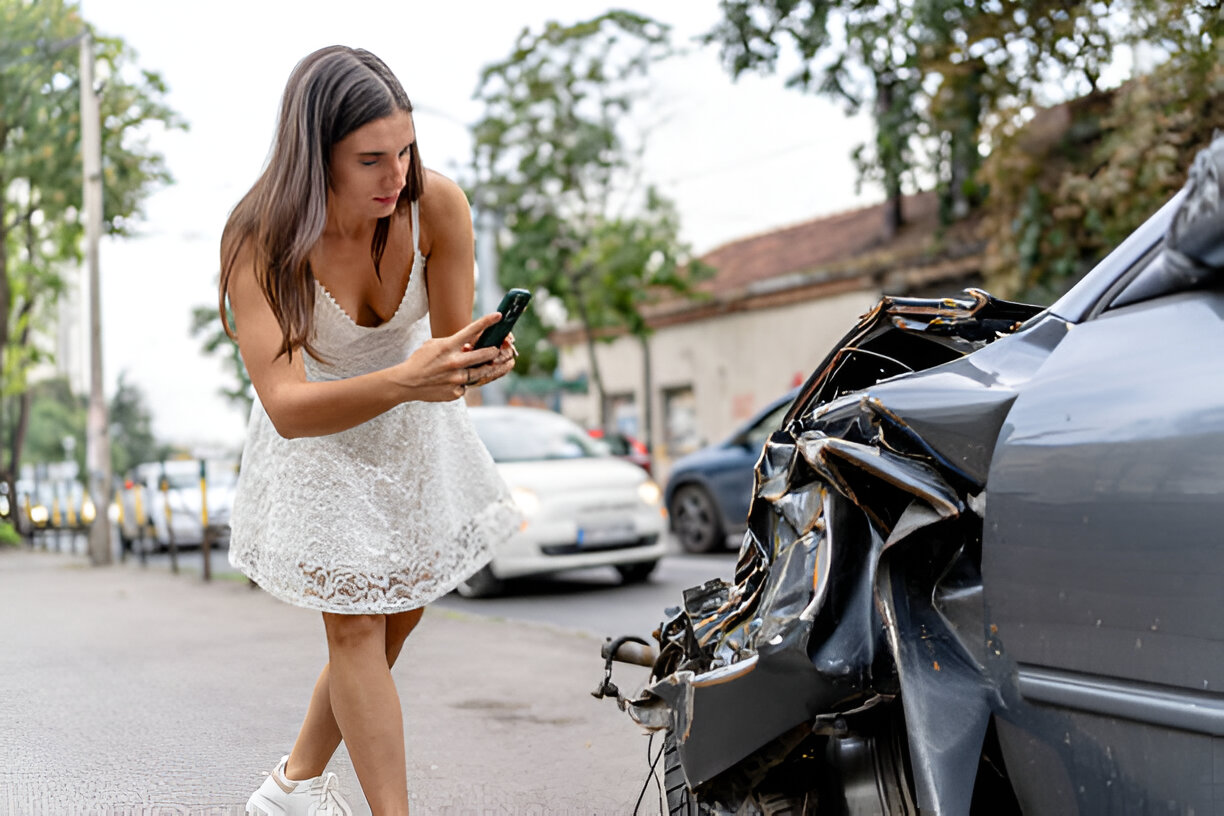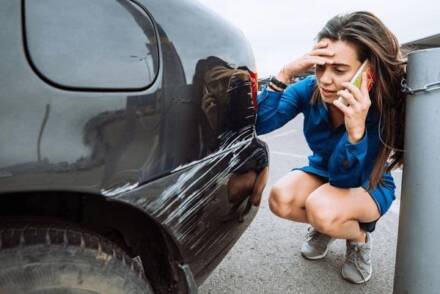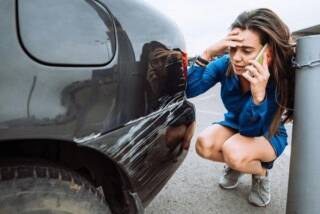The moments following a car accident can be chaotic and stressful. Knowing exactly what to do can make a significant difference in ensuring everyone’s safety and protecting your legal rights. When the unexpected happens on Australian roads, taking the right steps in the right order matters. If you’re involved in a collision, seeking guidance from car accident claim lawyers can help you navigate the aftermath properly.
Key Takeaways
- Safety comes first – check for injuries, move to a safe location if possible, and call emergency services
- Document everything – collect contact details, take photos, and gather witness information
- Report the accident appropriately to police and your insurer within required timeframes
- Seek medical attention even for seemingly minor injuries
- Avoid admitting fault or apologising at the scene
Immediate Safety Actions at the Scene
Move to a Safe Location if Possible
If your vehicle is drivable and creating a hazard, Australian road rules allow you to move it to a safer position. Turn on your hazard lights first, then carefully move to the road shoulder or a nearby side street. For vehicles that can’t be moved, set up warning triangles if available and keep your hazard lights on to alert other drivers.
Check for Injuries and Provide Basic First Aid
Check yourself for injuries before assisting others. For serious injuries, apply only basic first aid if you’re trained – direct pressure on bleeding wounds or CPR if necessary. Never move someone with potential neck or spine injuries unless they’re in immediate danger (like a vehicle fire).
Call Emergency Services
Dial 000 for police, ambulance, or fire services. Be ready to provide your exact location (look for street signs, kilometre markers, or nearby landmarks), the number of vehicles and people involved, and whether anyone is trapped or seriously injured. Stay on the line until the operator tells you to hang up.
Interacting with Other Parties
Exchange Essential Information
Collect the following from all drivers involved:
- Full names and contact numbers
- Home addresses
- Vehicle registration numbers
- Insurance company names and policy numbers
- Driver’s licence details
Don’t forget to gather contact information from any witnesses willing to provide statements.
Dealing with Uncooperative Drivers or Disputes
If another driver becomes aggressive or refuses to exchange information, maintain your distance and wait for police. Record their vehicle details and appearance if possible. Avoid arguments about who caused the accident – these determinations are better made through official channels.
Hit-and-run Situations
If the other driver leaves the scene, try to remember or quickly note down their registration number, vehicle make, model, colour, and any distinguishing features. Report this information to police immediately, as hit-and-run incidents are criminal offences in Australia.
Documenting the Scene and Collecting Evidence
Photos and Video to Capture the Scene
Use your smartphone to take photos from multiple angles showing:
- The position of all vehicles before they’re moved
- Damage to all vehicles involved
- Skid marks, debris, or fluid on the road
- Traffic signs, signals, and road conditions
- Weather and visibility conditions
Written Notes and a Timeline
As soon as practical, write down your recollection of events including the time, weather conditions, what you were doing before the crash, and what happened during the collision. Include statements made by other drivers, especially any admissions of fault or distraction.
“Documenting evidence at the scene is often the most overlooked step after an accident, yet it can be the most valuable for establishing facts when memories fade during claims processes.” – National Compensation Lawyers
Using Dashcams and Phone Logs
If you have a dashcam, preserve the footage immediately. Your phone’s location history and call logs can also provide valuable timeline evidence, so avoid deleting any data that might establish your whereabouts or activities before the accident.
Reporting the Accident to Police and Legal Obligations
When Police Attendance or a Police Report is Required
In Australia, you must report accidents to police when:
- Someone is injured or killed
- Any driver appears affected by drugs or alcohol
- A driver fails to stop or exchange information
- A vehicle requires towing
Specific requirements vary by state, so check your local transport authority website for exact rules.
How to Make a Police Report and Obtain a Copy
Most states offer online accident reporting for non-injury crashes. For serious accidents, police will attend the scene and create a report. Request the report number and ask how to obtain a copy – you’ll need this for insurance claims and any potential legal action.
Medical Care and Documenting Injuries
Seek Medical Assessment Even if Injuries Seem Minor
Some injuries, particularly whiplash and internal injuries, may not be immediately apparent after an accident. Visit a GP or hospital within 24-48 hours for a thorough assessment. This medical documentation establishes a link between the accident and your injuries, which is critical for compensation claims.
Keep Records of Treatments, Expenses and Time Off Work
Maintain a folder with all medical reports, referrals, scan results, receipts for medications, and certificates for time off work. Track all expenses related to your recovery, including transport to medical appointments and any home modifications or assistance required.
What Not to Do After an Accident
Avoid Admitting Fault or Apologising for the Crash
Even a simple “I’m sorry” can be interpreted as an admission of liability. Stick to exchanging information and checking on others’ wellbeing without discussing who caused the accident.
Avoid Leaving the Scene Unless Safety Demands It
Leaving an accident scene before fulfilling your legal obligations (exchanging details, reporting to police if required) can result in serious legal consequences, including criminal charges in some circumstances.
Avoid Sharing Too Much on Social Media
Post-accident social media posts can damage your claim. Insurance companies and opposing lawyers often search social media for evidence that contradicts injury claims. Avoid posting about the accident, your activities, or your recovery.
Post-accident Checklist and Timeline
Keep this simple timeline handy to guide your actions after an accident:
Immediate Actions (0-2 hours)
1. Ensure safety and call emergency services if needed
2. Exchange details with other drivers
3. Document the scene with photos
4. Collect witness information
Short-term Follow-up (2-48 hours)
1. Report to police if required
2. Seek medical assessment
3. Notify your insurer
4. Arrange vehicle towing/storage
Actions Within the First Week
1. Follow up with your insurer
2. Arrange repairs or replacement vehicle
3. Attend follow-up medical appointments
4. Consult a legal professional if necessary
Conclusion
Taking the right steps immediately after a car accident can significantly impact your safety, recovery, and any subsequent claims. By staying calm and methodically working through the necessary actions – prioritising safety, gathering evidence, seeking medical attention, and fulfilling reporting obligations – you can better protect yourself both physically and legally. If you’re dealing with serious injuries or complex liability issues, National Compensation Lawyers can provide the guidance needed to ensure your rights are protected throughout the claims process. Remember that preparation before an accident happens is invaluable – consider keeping a printed copy of this checklist in your glove compartment for quick reference when you need it most.






